How To Use Presets In Photoshop
Ansel Adams once said, "you don't take a photo, you make information technology." Fortunately, with tools similar Adobe Photoshop and Lightroom, producing that perfect image is a much less daunting task nowadays. Nevertheless, it can be hard to continue upwards with all the updates and changes. Accept you always fallen in beloved with a preset that you want to utilize in Photoshop simply have no thought how or if it's even possible? You lot're not lone. That's why we've compiled this comprehensive guide.
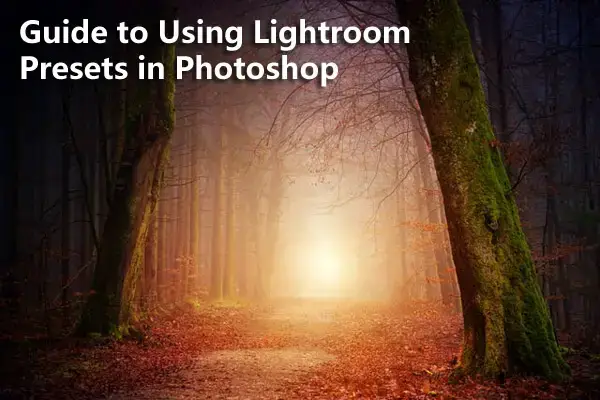
Set to enhance your photograph-editing skills and learn all about using Lightroom presets in Photoshop? Then keep reading!
In simple terms, Lightroom (LR) presets are customizable filters that tin can also be used in PS or Photoshop (more than on that later). Each 1 comprises unique edit settings and actions designed for different purposes, photography styles, and aesthetics. Nonetheless, because they're so fine-tuned and specific, information technology's pretty much impossible to recreate a Lightroom preset in Photoshop.
Non to worry, though – you can all the same keep using the robust photograph-editing software with your favorite Lightroom presets. In this guide, we'll cover:
- Lightroom Presets vs. Photoshop Actions
- How to import and use LR presets in Photoshop
- Import Lightroom Presets: Pace-by-Step Guides
- Paid vs. Gratuitous presets
- Tips for creating your own presets
Yous can apply presets to any image – from a landscape shot or a wedding photo to Instagram selfies and brand merchandise albums. Combined with Photoshop'due south powerful features, Lightroom presets help streamline the editing procedure, enhance creative freedom, and give y'all not-destructive control of raw data.
In fact, they've become so incredibly popular that many photographers, artists, way icons, and fifty-fifty influencers make a passive income from designing and marketing their own. Once you're familiar with using your Lightroom presets in Photoshop, you lot can learn the tricks of the trade in a recent post where Payhip explained how to sell Lightroom presets.
On that note, check out our complete guide to using Lightroom presets in Photoshop below. We've also included a few other invaluable tips and tricks that'll take y'all creating masterpieces in no time.
Lightroom Presets vs. Photoshop Actions
Earlier learning how to utilise Lightroom presets in Photoshop, it's essential to know why they're different from Photoshop's congenital-in editing tool known as "actions." At face value, these two functions achieve the same stop outcome. They both consist of personalized pre-saved settings that you can use to enhance any image or video. This saves time, improves workflow, and makes the editing process a lot easier.
Usability
Many users adopt Lightroom presets because they're much faster than Photoshop deportment. The former can be practical instantly with one click, while the latter requires a command script to run through each action step by footstep. Information technology's simply a few seconds longer, but it adds up when you have 200 photos to edit.
Flexibility
Some types of Lightroom presets also come with a stackable role. These permit you to instantly apply the same effects and settings to batches of photos in a session – without impacting any other configurations. Plus, you can rapidly brand boosted tweaks via the Develop Module and even preview a preset before applying it.
Photoshop actions don't have this function, and additional editing is more complicated. You have to manually sift through each adjustment layer to identify the issue and alter, hide, or delete it equally needed.
Compatibility
Lastly, the general consensus is that Lightroom presets don't have the same compatibility issues that we encounter with the various versions of Photoshop. Overall, the former is only easier and improves postal service-processing time, but it besides boils down to personal preference.
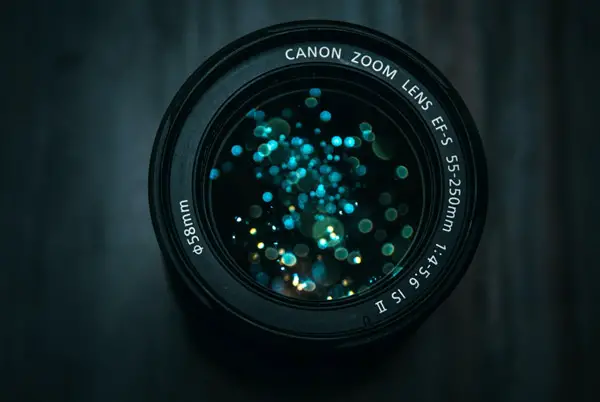
How to Import and Apply LR Presets in Photoshop
Now that you have your Lightroom presets and you know yous can apply them in Photoshop, permit's take a look at the "how." Firstly, information technology'south crucial to understand the version you're using, the preset file types, and your operating organisation.
Understanding .lrtemplate and .xmp File Formats
With the release of Lightroom Classic v7.3. in 2018, Adobe changed its proprietary preset file blazon from .lrtemplate to .xmp. (Wikipedia: XMP file format ). Updating to this version automatically converts all of your existing develop presets to the new file format. The switch aimed to create universal compatibility across multiple Adobe programs similar Lightroom Mobile, Lightroom Classic, Lightroom CC, and Adobe Camera Raw (ACR).
All the same, pre-Lightroom Classic v7.iii. builds aren't compatible with .xmp and withal employ the .lrtemplate format. If you have one of these older versions, importing Lightroom presets to Photoshop can be challenging – merely not incommunicable. The first method outlined below will prove you how to accomplish this in no time.
Lightroom for Mac and PC
You can use Lightroom and Photoshop on both PC (Windows) and Mac operating systems. The software works virtually the same, except for a few slight differences. Still, the .xmp file format doesn't change, and then you can easily movement your Lightroom presets itemize between your PC and Mac. To accomplish this, all you lot need to do is:
- Observe your Lightroom catalog by opening your Lightroom program and going to the "Edit" drop-down carte. Select "Catalog Settings."
- Next, under the "General" tab, click the "Prove" button in "Location." You lot'll come across your itemize file ending in ".lrcat." You'll also meet your preview files situated hither.
- Copy both of these file types onto a storage device or cloud and so that you can re-create them once again onto your Mac. When doing the latter, make sure to save your catalog and preview files at an easy-to-detect location.
- On your Mac, launch Lightroom and click the "File" drop-down carte. Select "Open Catalog," and your .lrcat files should prove upwardly here. If you lot see an exclamation mark next to any images, it just means yous need to make sure the source files are available. If they're still on an external drive, for example, merely plug it in, and you're good to go.
What almost presets, though? Don't worry. In the pace-by-step guides below, we've included any specific actions Mac or Windows users demand to take to get LR presets up and running on Photoshop.
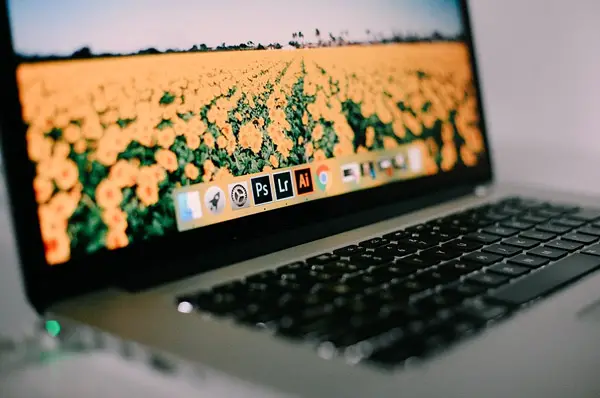
Import Lightroom Presets: Step-by-Step Guides
Each of the following methods has a different utilise case. Find the one that suits your needs and simply follow the steps.
First Method: For Lightroom Presets .lrtemplate Files
This method is platonic for users that already have Lightroom presets in the sometime .lrtemplate format.
Pace one: Convert .lrtemplate to .xmp file formats
Make sure your .lrtemplate files are all unzipped and saved in an easy-to-discover location. Next, launch Lightroom v.7.2 or afterwards, and click the plus sign at the top-correct of the "Presets" console. Select "Import Presets," navigate to your preset files, and import them.
They should automatically convert to the .xmp format. However, note that this won't work via the "Import Develop Profiles and Panels" choice. Alternatively, there are many online converters you can use.
Step 2: Import .xmp file presets to Photoshop
With Lightroom still open, cull a RAW prototype and select one of your newly imported .xmp file presets. Be sure to copy its proper name to your clipboard past right-clicking on it. Adjacent, use the preset and right-click the picture to bring up a menu. Navigate to "Edit In" and then "Open as Smart Object in Photoshop."
Your image will now exist open in Photoshop. Double-click the Smart Object thumbnail in the Layers Palette to open the Adobe Camera Raw (ACR) dialog box. Next, open the ACR settings bill of fare, and click the push button constitute in the upper-right corner of the adjustment tab.
Click "Save Settings" and make sure that no Auto Settings boxes are checked. Click "Salve" and rename the preset with the proper name you copied earlier. Yous tin can also use this method if you don't demand to catechumen whatsoever files. Alternatively, bank check out the second method.
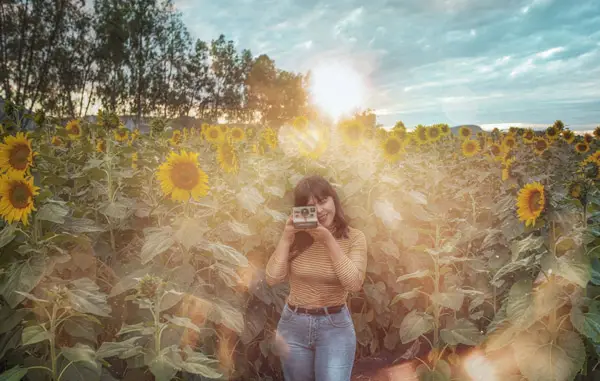
Second Method: The Camera Raw Filter Mode
This method is slightly easier and suitable for dual Lightroom and Photoshop users.
Step 1: Store your Lightroom Presets
Make certain your paid, created, or free Lightroom presets are in the correct identify, or you'll struggle to find them later on.
For Windows: "C:\Users\[YOUR_USERNAME]\AppData\Roaming\Adobe\CameraRaw\Settings."
For Mac:
"~/Library/Application Back up/Adobe/CameraRaw/Settings."
Step 2: Use your Lightroom Preset in Photoshop
Open up your chosen image in Photoshop, right-click to bring upwardly the layers menu, and select "Convert to Smart Object." Adjacent, navigate to "Filter," select "Camera Raw Filter," and then cull the "Presets" tab.
Step 3: Apply your Lightroom Preset
You should come across your earlier Lightroom preset here. Click "OK" to apply it, and you're all washed. You can adapt the setting by clicking on the "Photographic camera Raw Filter" in the "Layers" console.
Third Method: Install and Employ ACR Presets
This method is perfect for users who don't have Lightroom only want to install presets in Photoshop.
Pace one: Download your ACR Photographic camera Raw presets
Yous tin can find numerous paid and gratis ACR presets online. One time downloaded, unzip the files and salvage them somewhere easy to detect.
Step ii: Copy your ACR presets
Navigate to the correct directory:
For Windows:
"C:Users-[YOUR USERNAME]/AppData/Roaming/Adobe/CameraRaw/Settings"
or
"Windows(user)/Application Data/Adobe/Camera Raw/Settings."
For Mac:
"Mac(user)/Library/Application Support/Adobe/Photographic camera Raw /Settings."
Next, copy your .xmp preset files and paste them in the above "Settings" window. Some Mac systems hide the library. Concord down the "Option" key and select "Go" in the Finder to reveal it.
Pace 3: Launch Photoshop and employ your ACR presets
When you lot open Photoshop, your presets should all be loaded and ready to utilise.
Paid vs. Free presets
Many content creators, influencers, and photographers often wonder whether it'southward worth buying presets. The answer depends on a few factors.
Gratuitous presets
If you're simply starting out, free Lightroom presets are ideal. You tin become the hang of using them without spending a dime. Plus, there are nearly hundreds of freebies out in that location, and so you can build upwardly an exceptional collection.
Yet, it'south all-time to practise your research and hunt for bargains. You'll want free presets from sources that have proven their expertise. After all, you don't want to ruin your shots by applying subpar or unrefined effects to them.
You lot could starting time by looking for no-accuse presets from upwards-and-coming professionals or your favorite rising photographer. If yous're lucky, you may even find an skillful giving away their premium products for a limited fourth dimension.
Paid presets
With paid-for presets, you tin can unremarkably expect top-notch quality. They're suitable for professional photographers who require that expert touch without spending hours on an paradigm themselves. Yet, some presets could be quite pricey, and so again, it'southward worth doing your homework before buying anything.
Another fantastic advantage is that yous tin notice numerous industry celebrities rolling out their own personalized presets. Plus, at that place are premium presets for certain aesthetics, colour themes, types of photography, and even post-processing furnishings.
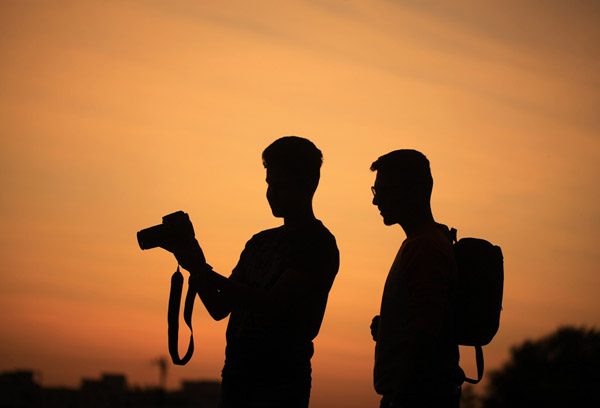
Tips for Creating Your Own Presets
Lightroom lets you lot create your own presets too. It'due south best to employ a raw paradigm, but import the photo of your choice and kickoff playing around. You lot can larn more than tips and hacks from Peter Mckinnon here:
Here are a few settings you can adapt to get your desired effect:
- Exposure
- Noise reduction
- Tone bend
- Saturation, hue, and luminance of colors
- Vignette or grain effect
- Lens corrections
- Split toning
Simplicity is key
Rather create two carve up presets with different effects than one with as well many equally it may not work for all image types.
Practice more with Undoing
Save time and make infinite for creativity by developing an "undo" version for every preset. That way, if you want to remove a preset after further enhancing an prototype, all you need to do is apply the "undo preset." You lot'll relieve time without needing to backtrack your steps.
Edit upon Import
For bones post-processing like racket reduction, brightness, and clarity, you can design a preset with these settings. Information technology'south a handy tool for editing batches of photographs at a fourth dimension. Simply employ the "Apply During Import" characteristic, and your preset will automatically adjust the images.
Now You lot Know
Lightroom presets are a fantastic tool used by pro, amateur, and beginner photographers alike. They offer enhanced usability and flexibility, as well as better compatibility compared to Photoshop actions.
Whether you're a Mac or Windows user, yous tin can observe free Lightroom presets to start or buy premium ones from manufacture experts. If you lot're up for a creative claiming, y'all could even pattern your own.
And then, using the above methods, import them to Photoshop and create mind-blowing images for your portfolio, clients, or social media feed. If you want to enhance your post-processing toolkit even more, check out these 10 Lightroom Plugins you should utilize adjacent.
How To Use Presets In Photoshop,
Source: https://photodoto.com/guide-lightroom-presets-in-photoshop/
Posted by: cobbalkinst.blogspot.com


0 Response to "How To Use Presets In Photoshop"
Post a Comment